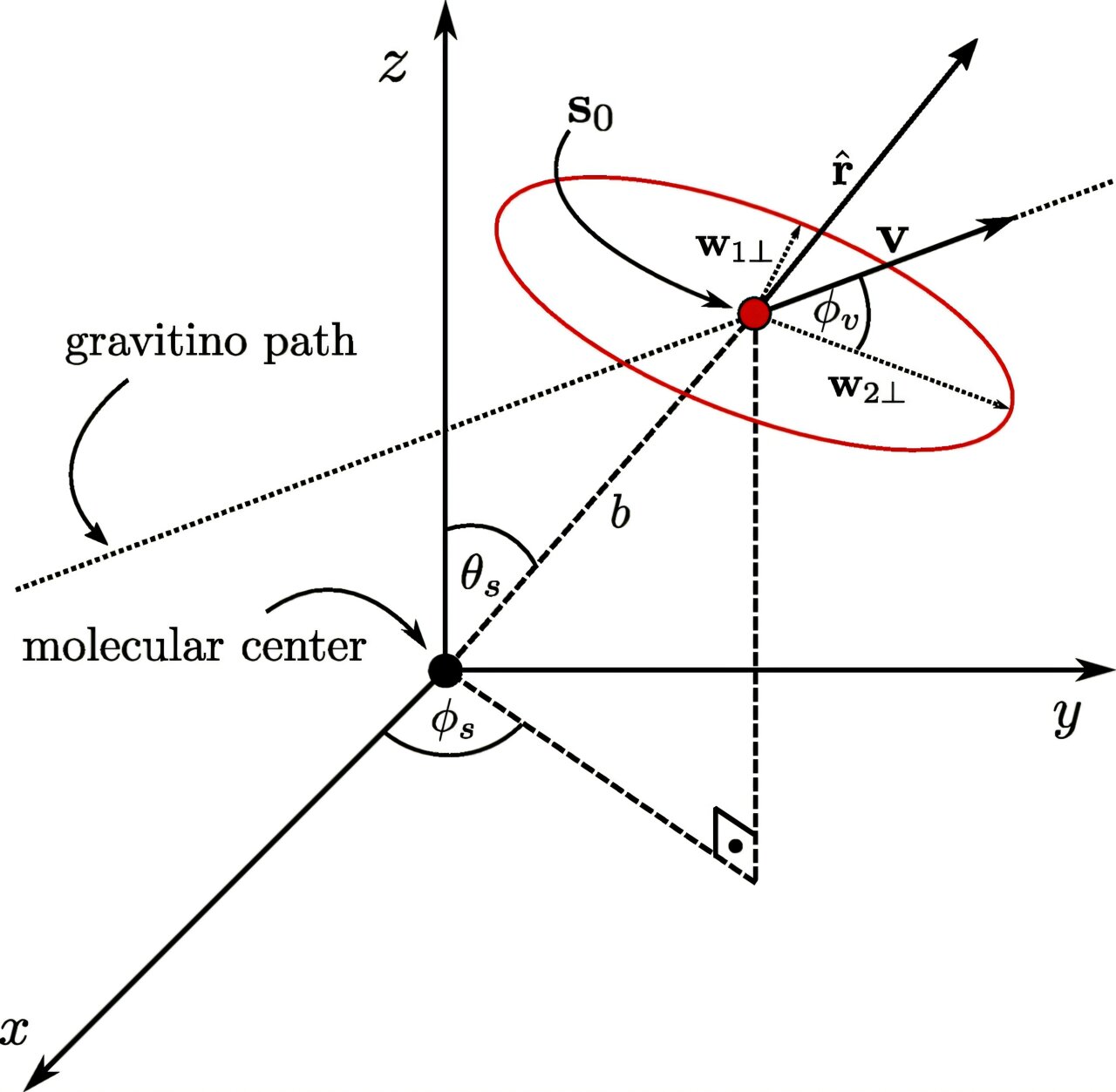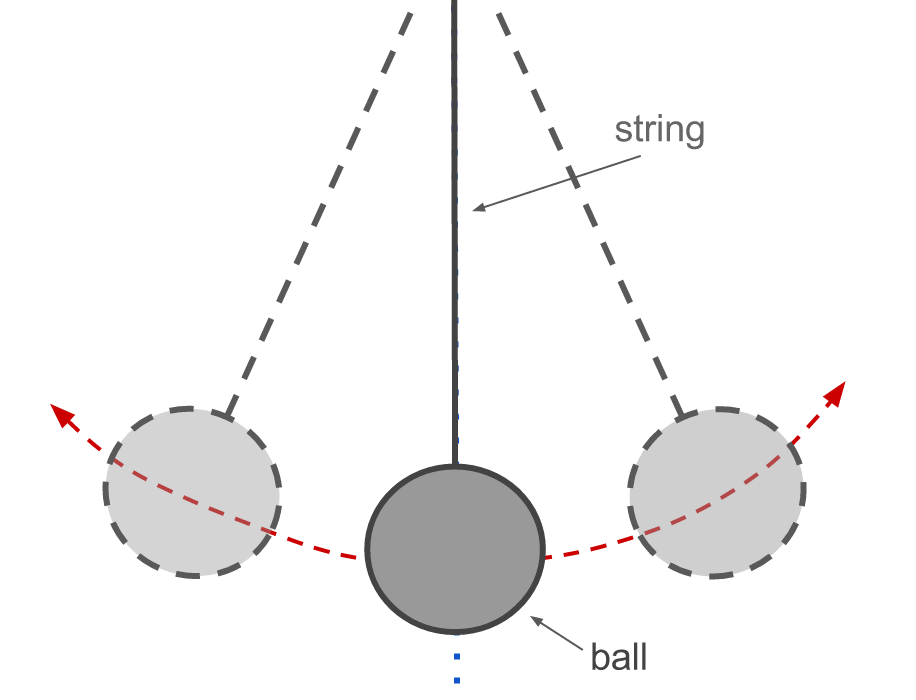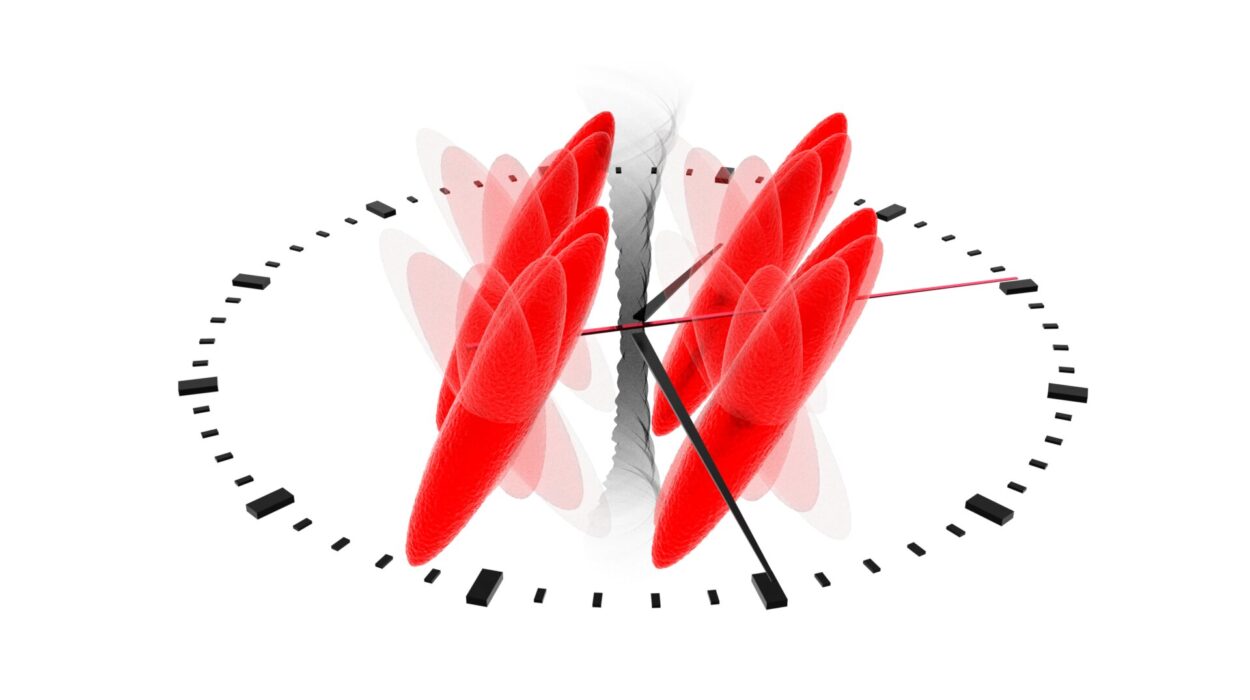The universe we see—the stars, the galaxies, the glowing webs of cosmic filaments—is only a small fraction of what is really out there. Astronomers have long known that visible matter makes up less than 5 percent of the cosmos. The rest is hidden, invisible to our eyes and instruments. About 27 percent is dark matter, an elusive form of matter that neither shines nor absorbs light, but whose gravity sculpts galaxies, bends light from distant quasars, and keeps the universe from flying apart.
For decades, physicists have been hunting for the true identity of dark matter. They proposed exotic particles like axions, feather-light but nearly undetectable, and WIMPs (Weakly Interacting Massive Particles), which were expected to be produced in high-energy collisions or captured in underground detectors. Yet after forty years of tireless searching, no evidence has been found. The silence is deafening, and the mystery has only deepened.
But now, an astonishing new idea is taking shape: perhaps dark matter is not made of ghostly neutral particles at all. Instead, it might consist of superheavy, electrically charged particles called gravitinos, relics of a mathematical theory that tries to unite gravity with the quantum world. If true, the discovery of gravitinos would not only solve the riddle of dark matter but also bring us closer to the ultimate dream of physics: a unified theory of everything.
A Radical Candidate: Charged Superheavy Gravitinos
Several years ago, physicists Krzysztof Meissner of the University of Warsaw and Hermann Nicolai of the Max Planck Institute for Gravitational Physics revived a bold idea from Nobel laureate Murray Gell-Mann. In the early 1980s, Gell-Mann had noticed that the known particles of the Standard Model—the quarks and leptons—fit neatly into a purely mathematical framework called N=8 supergravity, a theory distinguished by its maximal symmetry.
N=8 supergravity was remarkable because it combined gravity, mediated by the graviton (a hypothetical spin-2 particle), with other matter and force carriers in a single elegant structure. Crucially, it also predicted the existence of gravitinos, exotic particles with spin 3/2. In Meissner and Nicolai’s updated version of the theory, these gravitinos could be extremely heavy—near the Planck scale, billions of billions of times the mass of a proton—yet electrically charged.
This is a striking departure from conventional dark matter ideas. For decades, theorists assumed dark matter had to be neutral in order to remain “dark.” But in this new framework, gravitinos, though charged, would be so rare and massive that they would not interact with light in any noticeable way. They would be practically invisible to our telescopes, yet powerful enough in their gravitational influence to account for dark matter’s mysterious role in shaping the cosmos.
Why Haven’t We Seen Them Before?
If gravitinos exist, why haven’t we detected them already? The answer lies in their sheer rarity. Estimates suggest that in the solar system there might be only one gravitino in every 10,000 cubic kilometers of space. That makes them nearly impossible to catch with conventional experiments.
Unlike WIMPs or axions, which were expected to pass through detectors regularly, gravitinos would only appear once in a very long while. But their immense mass and electric charge mean that when they do appear, they should leave a clear and unmistakable trace—a signal that no known particle could mimic. The challenge has been building detectors sensitive and large enough to spot such a rare event.
The Role of JUNO: A Neutrino Observatory with a Hidden Mission
Enter the Jiangmen Underground Neutrino Observatory (JUNO), an enormous neutrino detector being completed in China. Its primary purpose is to study the properties of neutrinos—those ghostly, nearly massless particles that stream through the Earth by the trillions every second. Because neutrinos interact so weakly, detectors must be vast, sensitive, and shielded deep underground from cosmic rays and background noise.
JUNO will be one of the largest detectors ever built. It will contain 20,000 tons of organic liquid scintillator—a transparent, oil-like substance—housed inside a sphere nearly 40 meters wide and surrounded by 17,000 light-sensitive detectors. This massive, high-precision instrument is designed to capture the faint flashes of light produced when a neutrino collides with an atom.
But according to Meissner, Nicolai, and their collaborators Adrianna Kruk and Michal Lesiuk, JUNO’s capabilities may extend far beyond neutrinos. Their recent study, published in Physical Review Research, shows that JUNO is also perfectly suited to detect superheavy charged gravitinos.
The Signature of a Gravitino
How could JUNO recognize such an exotic particle? The answer required a marriage of two fields rarely combined: elementary particle physics and advanced quantum chemistry.
The researchers simulated what would happen if a gravitino passed through JUNO’s liquid scintillator. Because of its enormous mass and electric charge, a gravitino would produce a unique track of light and energy deposition, distinct from that of any known particle. Unlike neutrinos, which produce faint and rare flashes, a gravitino would carve a clear and unmistakable path through the detector.
To confirm this, the team had to account for countless background effects: the decay of radioactive carbon-14 atoms in the liquid, random electronic noise in the photomultipliers, and the way light is absorbed or scattered in the scintillator. After exhaustive simulations, the conclusion was striking: a gravitino signal would be unambiguous and impossible to confuse with anything else.
In other words, if JUNO ever records such a track, we would know immediately that we are seeing physics beyond the Standard Model.
Beyond Neutrinos: The Dawn of a New Search
The implications are staggering. If JUNO or future detectors like the U.S.-based DUNE (Deep Underground Neutrino Experiment) capture even a single gravitino, it would be the first direct evidence of physics at the Planck scale—the realm where quantum mechanics and gravity must come together.
This would not just solve the dark matter puzzle; it would be a step toward the long-sought unification of all forces of nature. For over a century, physicists have dreamed of connecting gravity, which governs the cosmos, with quantum mechanics, which rules the subatomic world. Gravitinos, if discovered, would be the first experimental hint of such a unification.
A New Standard in Interdisciplinary Science
The search for gravitinos also highlights a new way of doing science. The study relied not only on high-energy physics but also on the sophisticated tools of modern quantum chemistry. This interdisciplinarity—bridging mathematics, physics, and chemistry—marks a new frontier in research, where solving the deepest mysteries of the universe requires insights from multiple scientific traditions.
The work also shows how facilities built for one purpose can achieve unexpected breakthroughs in another. JUNO was designed for neutrinos, but it may end up revolutionizing our understanding of the universe’s hidden matter.
The Promise and the Mystery Ahead
The idea of superheavy charged gravitinos may sound speculative, but so did the concept of black holes a century ago, or the expansion of the universe, or gravitational waves. Each of these was once dismissed as far-fetched, until evidence proved otherwise.
If gravitinos exist, they would not only redefine dark matter but also hint at a hidden, elegant mathematical order underlying the universe. Their detection would be one of the greatest scientific triumphs of our time, rivaling the discovery of the Higgs boson or the first image of a black hole.
For now, the mystery endures. The cosmos remains dominated by an invisible presence we do not yet understand. But with detectors like JUNO coming online, the first glimpses of this hidden realm may be closer than we think.
Conclusion: Toward the Edges of Knowledge
Dark matter has teased scientists for generations, holding back the final chapter of our cosmic story. WIMPs and axions may have failed us, but the possibility of superheavy charged gravitinos opens an entirely new path forward. It is a daring idea that challenges old assumptions and invites us to imagine matter unlike anything we have ever known.
Perhaps, in the years to come, a flash of light deep underground in a giant detector will mark the moment humanity first touched the physics of the Planck scale. It would be the whisper of a gravitino—a messenger from the unification of gravity and quantum mechanics, and a key to unlocking the greatest mystery of the cosmos.
More information: Adrianna Kruk et al, Signatures of supermassive charged gravitinos in liquid scintillator detectors, Physical Review Research (2025). DOI: 10.1103/fm6h-7r78






